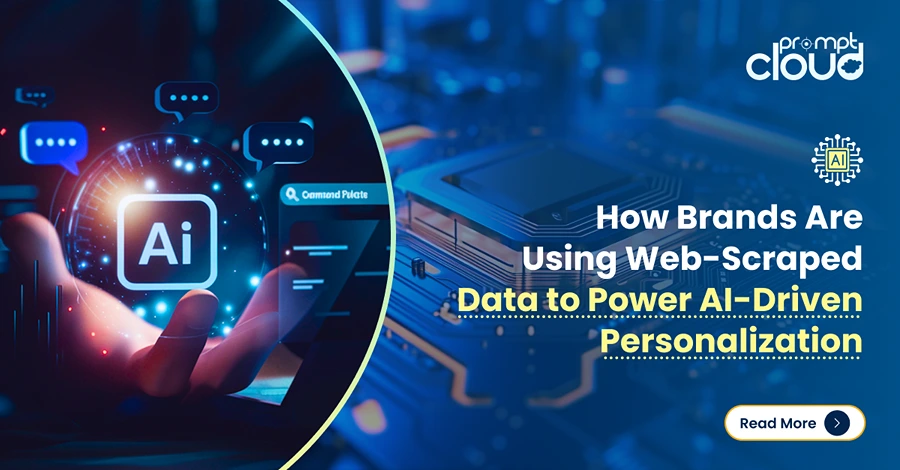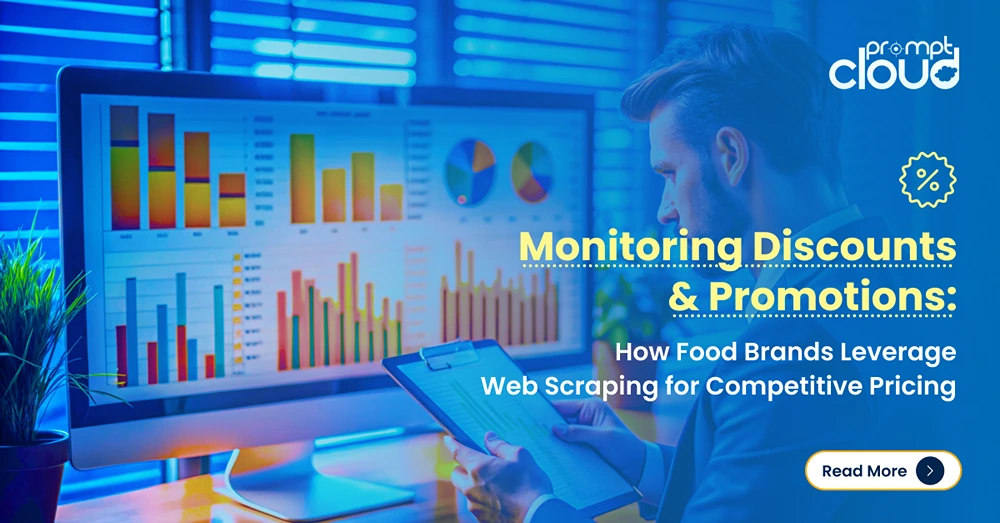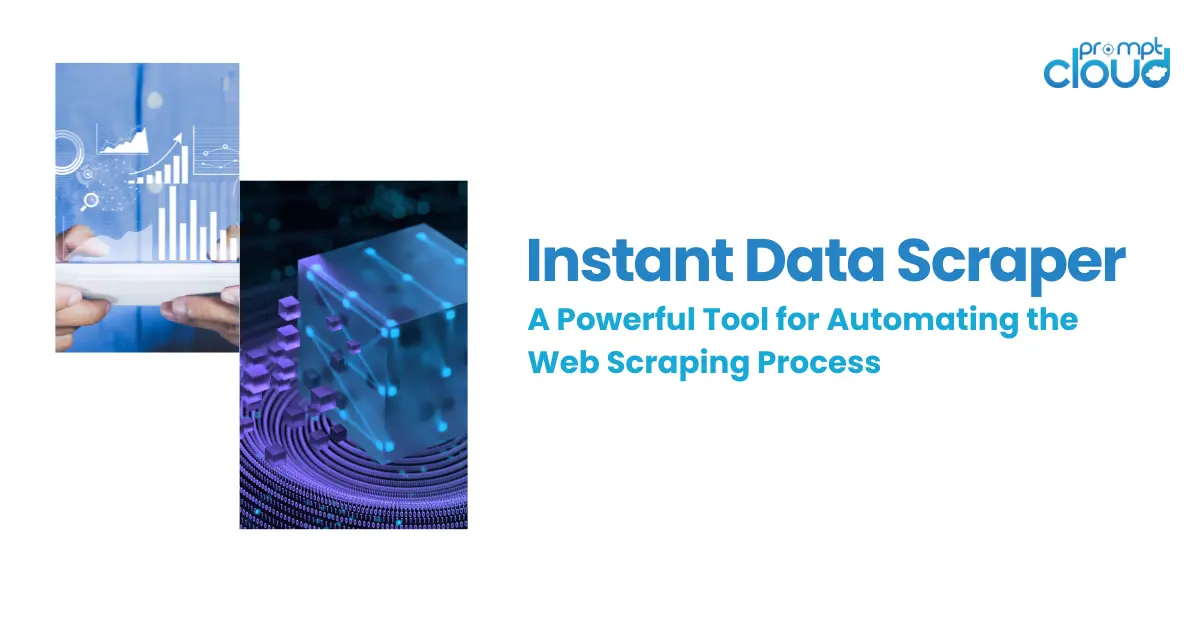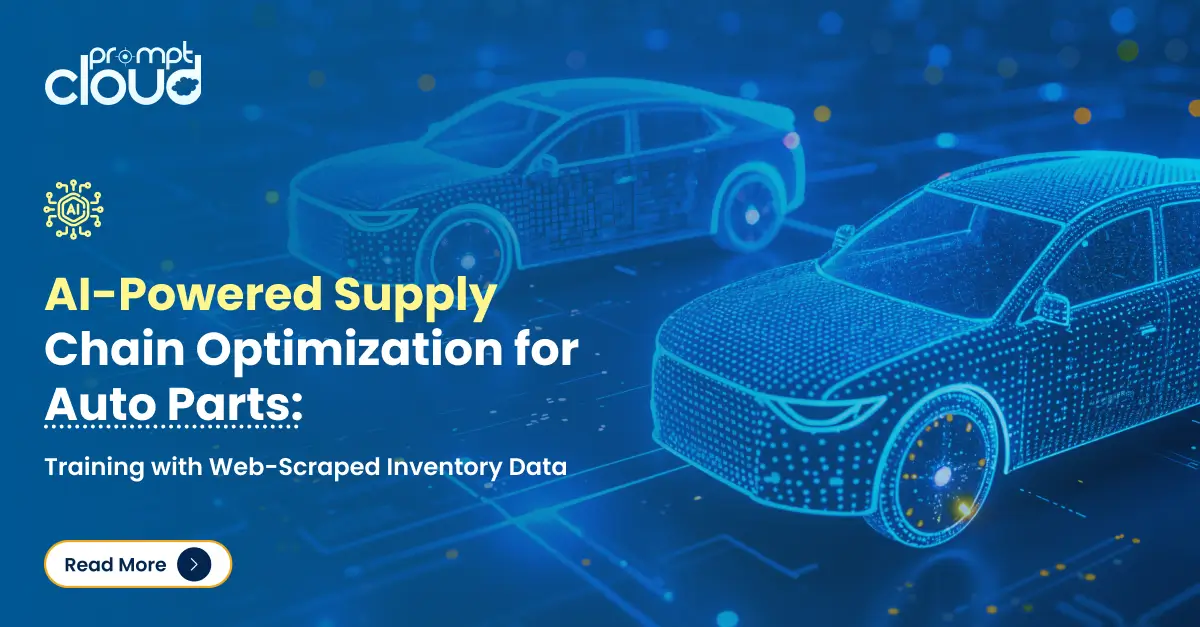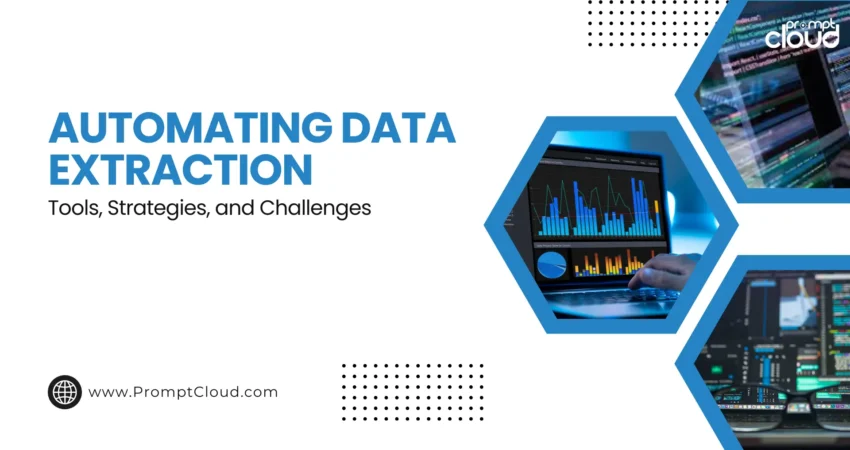
Introduction to Data Extraction Automation
In the dynamic realm of contemporary business driven by data, the process of data extraction reigns supreme. It entails the extraction of pertinent insights from diverse unstructured or semi-structured sources. Automating this task can significantly enhance efficiency, reduce errors, and save time. Powered by software tools, data extraction automation operates autonomously, adeptly identifying and collating data sans human intervention. Its deployment revolutionizes workflows across diverse sectors including banking, healthcare, and e-commerce, facilitating informed decision-making and strategic foresight.
The Evolution of Data Extraction Technologies
The evolution of data extraction technologies has been remarkable, meeting the increasing demand for automation across industries. Initially reliant on manual processes such as physical data entry, computing introduced optical character recognition (OCR), enabling the conversion of text into machine-encoded format. Further advancements like intelligent character recognition (ICR) and intelligent document recognition (IDR) improved accuracy by learning from corrections.
Continual progress, showcased through intelligent character recognition (ICR) and intelligent document recognition (IDR), has sharpened precision by integrating corrective feedback. The rise of artificial intelligence (AI) and machine learning (ML) heralds a groundbreaking era, equipping these technologies to analyze complex data patterns, derive valuable insights from unstructured sources, and understand natural language. Modern automated tools proficiently manage diverse document types and data structures, thereby amplifying efficiency and precision.
Cloud computing has also played a crucial role, enabling scalable solutions that manage vast amounts of data and foster global collaboration. The ongoing evolution emphasizes real-time processing and predictive analytics, shaping the future of data extraction.
Key Tools for Automating Data Extraction
To automate data extraction efficiently, various tools are utilized:
- Web Scraping Tools: Software like Octoparse or Import.io allows for the automated collection of data from web pages.
- ETL (Extract, Transform, Load) Software: Tools such as Talend or Informatica facilitate the extraction of data from multiple sources, its transformation, and loading into a database.
- Optical Character Recognition (OCR): Tools such as ABBYY FlexiCapture or Tesseract help in converting different types of documents, such as scanned papers, into editable and searchable data.
- APIs(Application Programming Interfaces): They enable automatic data extraction from web services or applications.
- Robotic Process Automation (RPA): RPA tools like UiPath or Blue Prism allow for creating bots that mimic human interactions to extract data from various sources.
Strategies for Effective Data Harvesting
- Identify Clear Objectives: Understanding the end goal helps to tailor data harvesting appropriately, ensuring relevance and efficiency.
- Choose the Right Tools: Select software that provides a balance between customization and user-friendliness.
- Ensure Data Quality: Implement validation rules to maintain accuracy and consistency in the data collected.
- Respect Privacy Laws: Adhere strictly to legal guidelines to avoid ethical and legal repercussions.
- Automate When Possible: Leverage automation to streamline processes, but maintain oversight to correct any anomalies that may arise.
- Regularly Update Protocols: Data sources and formats change; routines must evolve to keep pace.
- Incorporate Scalable Solutions: As data needs grow, systems should be able to accommodate increased volume without performance loss.
- Monitor and Evaluate: Constantly assess procedures and outcomes, tweaking strategies for continued improvement.
The Role of Artificial Intelligence in Data Extraction
Artificial Intelligence (AI) transforms data extraction by enabling intelligent automation. AI technologies such as machine learning and natural language processing (NLP) allow systems to learn from data patterns and improve over time. This learning capability enhances the accuracy of extracted information. AI-driven tools can:
Source: pollthepeople.app
- Identify relevant data across a variety of sources.
- Understand and interpret complex documents, including unstructured data.
- Automate the classification and indexing of data.
- Reduce manual errors by validating extracted data against learned patterns.
- Adapt to new document types without explicit programming.
By incorporating AI, data extraction processes become more efficient, scalable, and precise, driving significant value for organizations across industries.
Challenges Faced in Automated Data Extraction
Automating data extraction is not without hurdles. It often involves complex data structures that are not standardized, presenting significant challenges:
- Data Quality and Consistency: Automated systems must handle data that is often unstructured, incomplete, or inconsistent, necessitating sophisticated algorithms to ensure accurate extractions.
- PDF Extractability: Data within PDFs can be particularly challenging due to varied layouts and embedded images.
- Variability in Formats and Sources: Extraction tools must be adaptable to numerous formats and ever-changing data sources.
- Handling Big Data: Processing large volumes of data quickly and efficiently requires robust systems with significant computational power.
- Software Scalability: As organizational data needs grow, extraction systems must scale accordingly without sacrificing performance.
- Integration with Existing Systems: Ensuring that the extraction process seamlessly integrates with current databases and workflows is crucial but often complex.
- Regulatory Compliance: Adhering to privacy laws and industry regulations like GDPR or HIPAA when extracting and processing data adds a layer of complexity.
Best Practices for Implementing Data Solutions
- Start with Clear Objectives: Define clear goals and objectives for what the data extraction should achieve.
- Choose the Right Tools: Assess and select tools that align with your data types, volume, and the complexity of tasks.
- Focus on Data Quality: Implement validation rules to ensure accuracy and integrity of extracted data.
- Ensure Compliance: Consider all regulatory requirements related to data privacy and protection during the extraction process.
- Plan for Scalability: Anticipate future data needs and select solutions that can scale with your business.
- Iterative Testing: Conduct thorough testing in stages to catch errors early and refine the process.
- Train Staff Adequately: Provide comprehensive training and resources for staff involved in data extraction.
- Continuous Monitoring and Improvement: Regularly monitor the system for performance and make necessary improvements.
Conclusion
The automating data epitomizes a dynamic domain, where avant-garde tools and strategies must harmonize with grounded practical challenges. In traversing this multifaceted landscape, organizations are tasked with seamlessly integrating cutting-edge technologies while confronting issues of accuracy, scalability, and cost-efficiency head-on. The overarching objective remains to synthesize the potential of automation with the pragmatism requisite for its triumphant implementation, ensuring that the pursuit of innovation remains symbiotic with operational stability and unwavering reliability.
For custom data extraction solution, get in touch at sales@promptcloud.com












